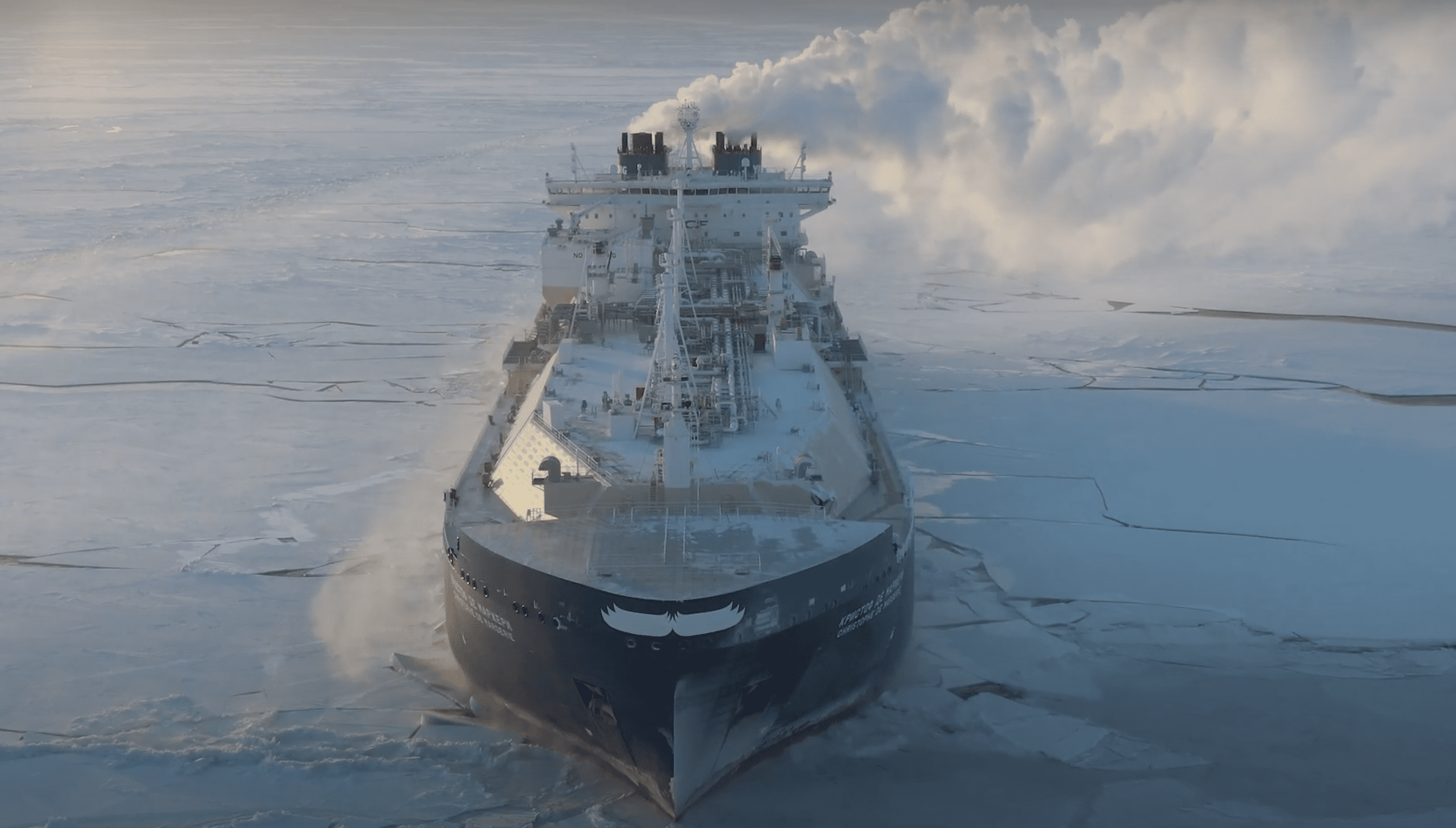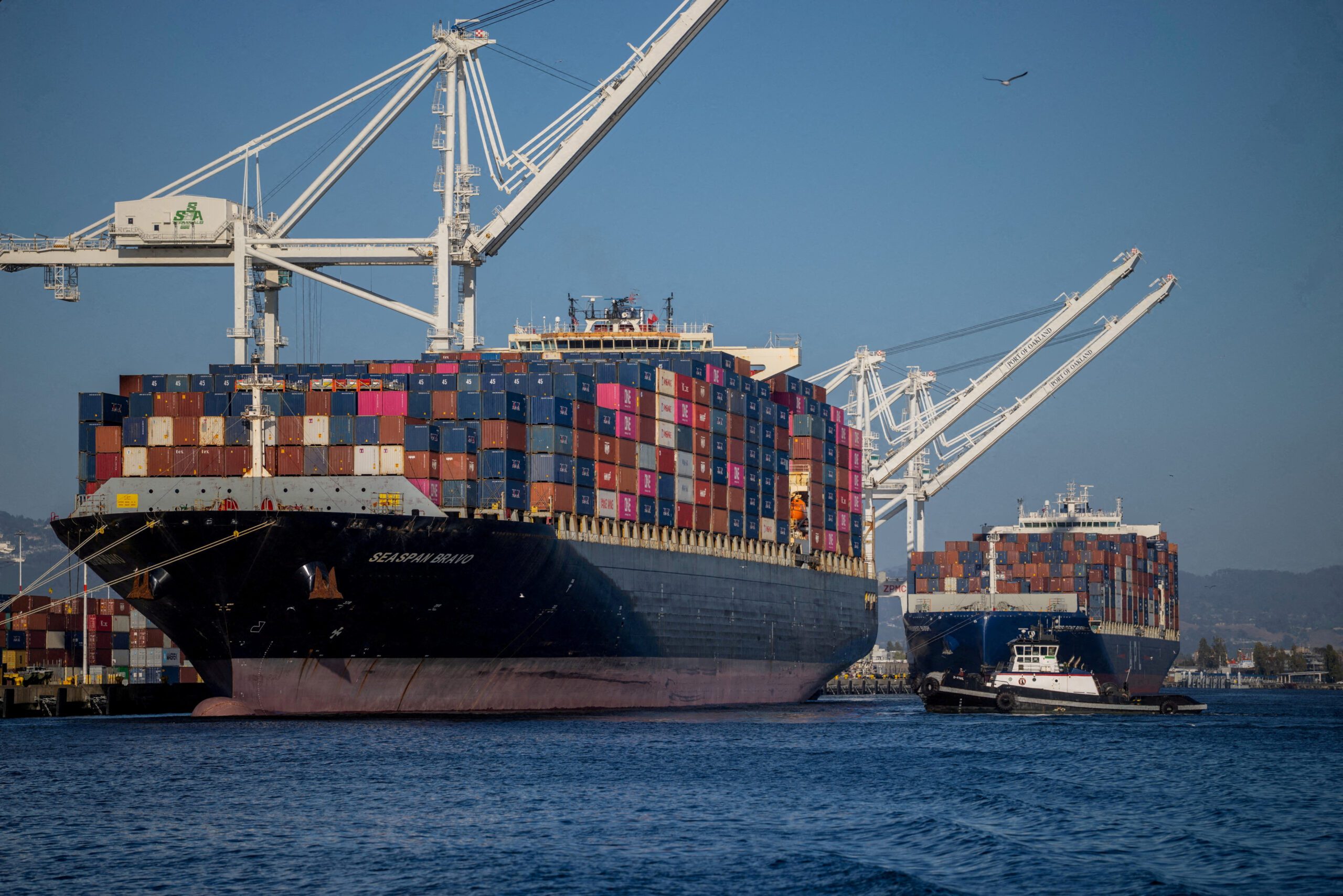Norwegian marine insurance group Gard has released a comprehensive new study exploring the effects of weather on the collapse of container stacks.
The research sheds light on the increasing risk caused by rising wave heights and reveals the varying weather exposures of different operators.
Containerized trade has been growing steadily as the global economy expands. Last year, the world’s container shipping fleet grew roughly four percent, according to UNCTAD. In Gard’s P&I portfolio, the segment expanded by a staggering 16 percent over the past five years, now making up 18 percent of its insured vessels.
As the number of container ships increases, so does the risk of casualties. Incidents such as stack collapses or lost containers at sea are closely monitored due to their severity. The International Maritime Organization (IMO) is paying attention to the issue of container losses and is working to make the reporting of lost containers mandatory. Insurers and other key stakeholders are also involved in detailed projects to investigate the causes of stack collapses and seek resolutions.
To contribute to industry understanding and help prevent losses, Gard has studied all cases of stack collapse between 2016-2021 where it was involved as a P&I insurer. The study examined weather data to understand the factors contributing to these incidents. The data was combined with geographical and meteorological data from Windward, which includes estimated wave height and wind strength on an hourly basis. Using this information, Gard was able to analyze how the weather progressively worsened over time leading up to the incidents.
The study found that container stack collapses occur across different vessel sizes, indicating multiple causative factors. Despite more incidents on smaller vessels, there’s a clear correlation between incident frequency and vessel size. The 6-year average claims frequency for stack collapses on smaller feeder vessels is 1%, whereas for ultra-large container vessels, it rises to 9%.
The study also found that the risk of incidents significantly increases during adverse weather conditions, despite these conditions making up a relatively small percentage of a vessel’s journey. The study focused on the 7-day period leading up to an incident.
“Essentially, despite spending 95% of their time in calmer waters, the relatively small percentage spent in adverse conditions significantly amplifies the risk of incidents, potentially up to 20 times higher, as indicated by our study,” Gard said. “Another finding we had was that among the vessels that had a stack collapse incident, the share of vessels exposed to such high waves increased by almost 12 times from day 1 to day 7… This suggests that these vessels may not have been able to avoid such heavy weather in spite of the advanced weather routing tools available.”
Examining the global container fleet, roughly 3.4 per cent are exposed to such weather at any given time. Interestingly, among various size segments, the new Panamax 1 segment (8,000 – 12,000 teu) appears to have a higher exposure to wave heights of 7 meters and above compared to any other size category. This trend is also evident for wave heights around 4 meters.
According to the study, approximately 3.4% of the global container fleet is exposed to severe weather at any given time. The new Panamax 1 segment (8,000 – 12,000 teu) has a higher exposure to wave heights of 7 meters and above compared to other size categories, a trend also evident for wave heights around 4 meters.
The exposure to adverse weather also varies between different operators, likely due to differences in risk tolerance and internally defined weather thresholds for the vessels. This discrepancy can have significant implications for the safety of the vessel and the cargo.
In conclusion, the study emphasizes that exposure to worsening weather presents a clear risk, and the industry needs to reconsider their weather thresholds and provide seafarers with appropriate tools for evaluating the risk of intricate phenomena such as rolling. Further, maintenance of securing equipment and cargo securing within containers need to be considered, and effective weather routeing should be included as key performance indicators.
Gard’s study can be found here.

 Join The Club
Join The Club










